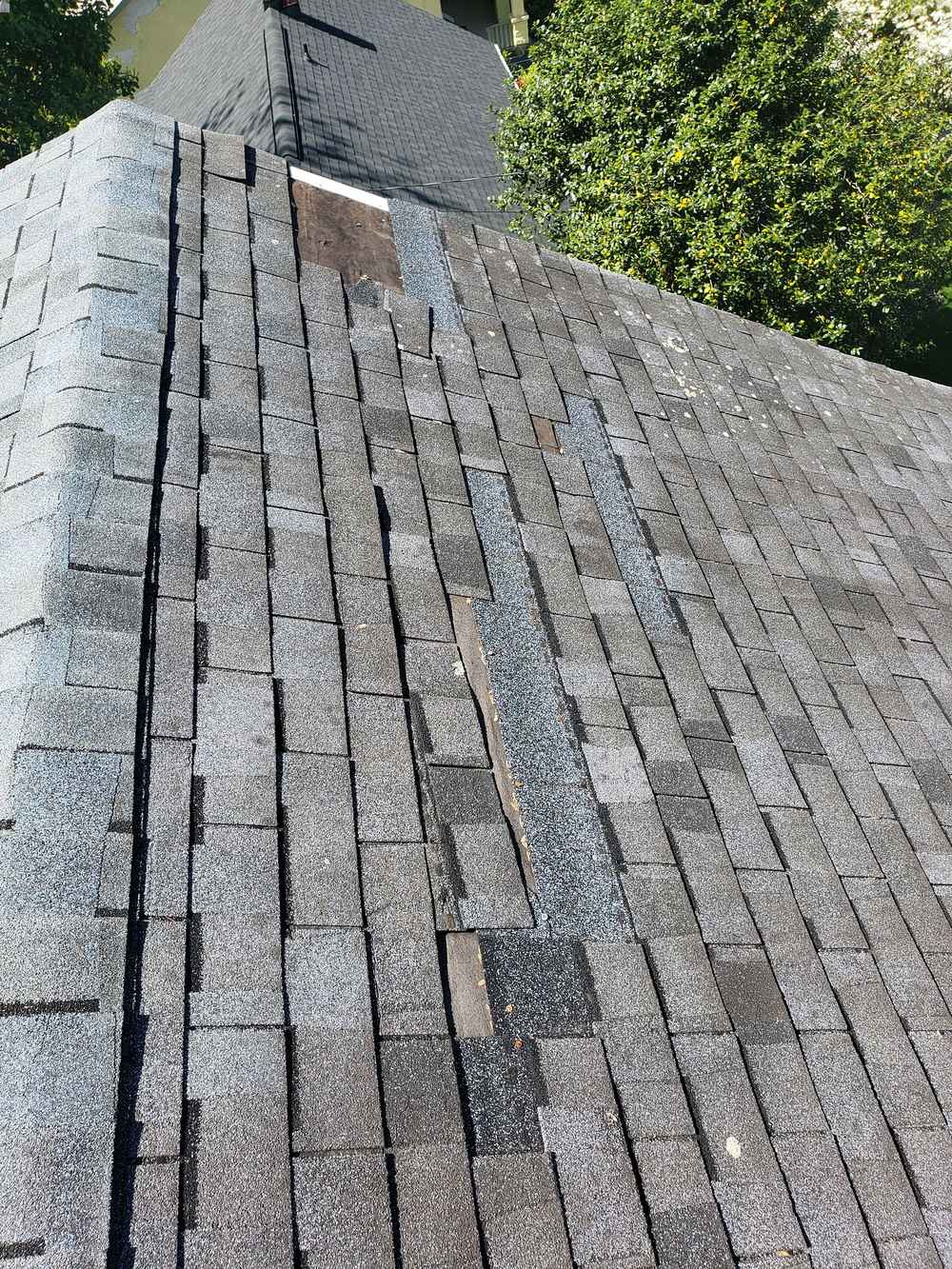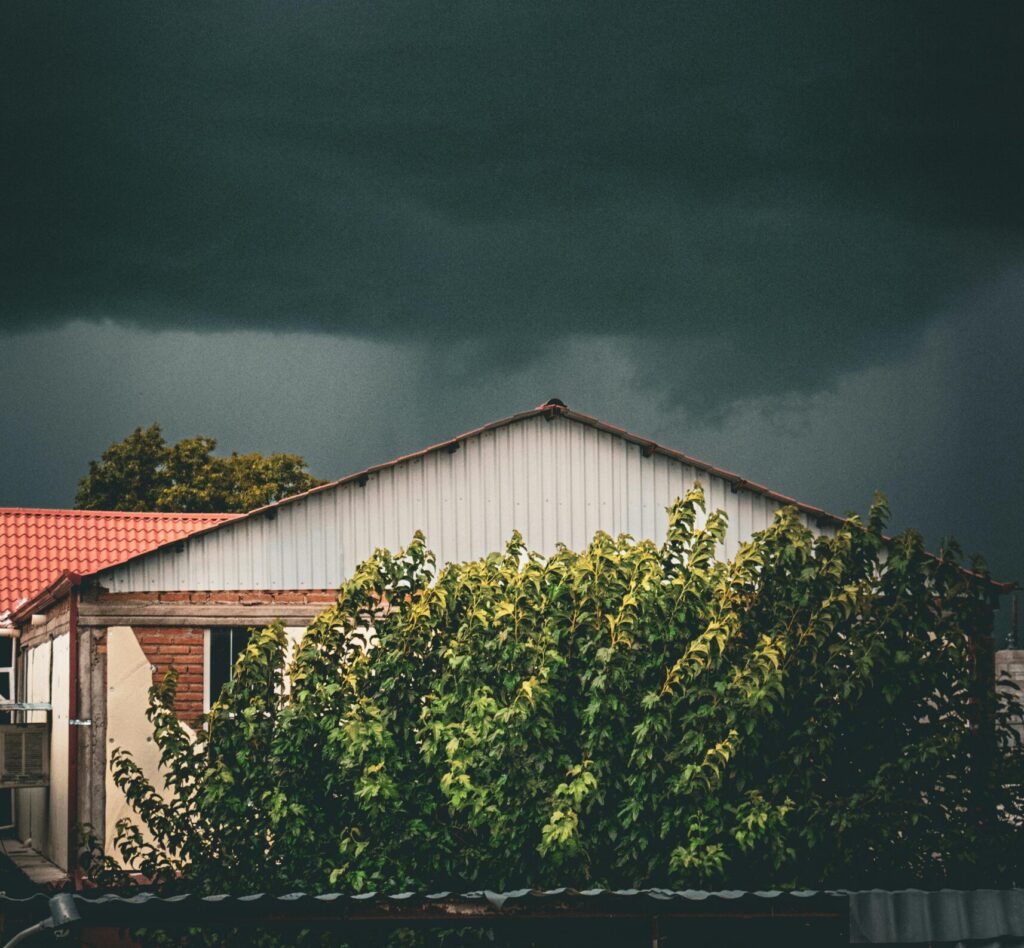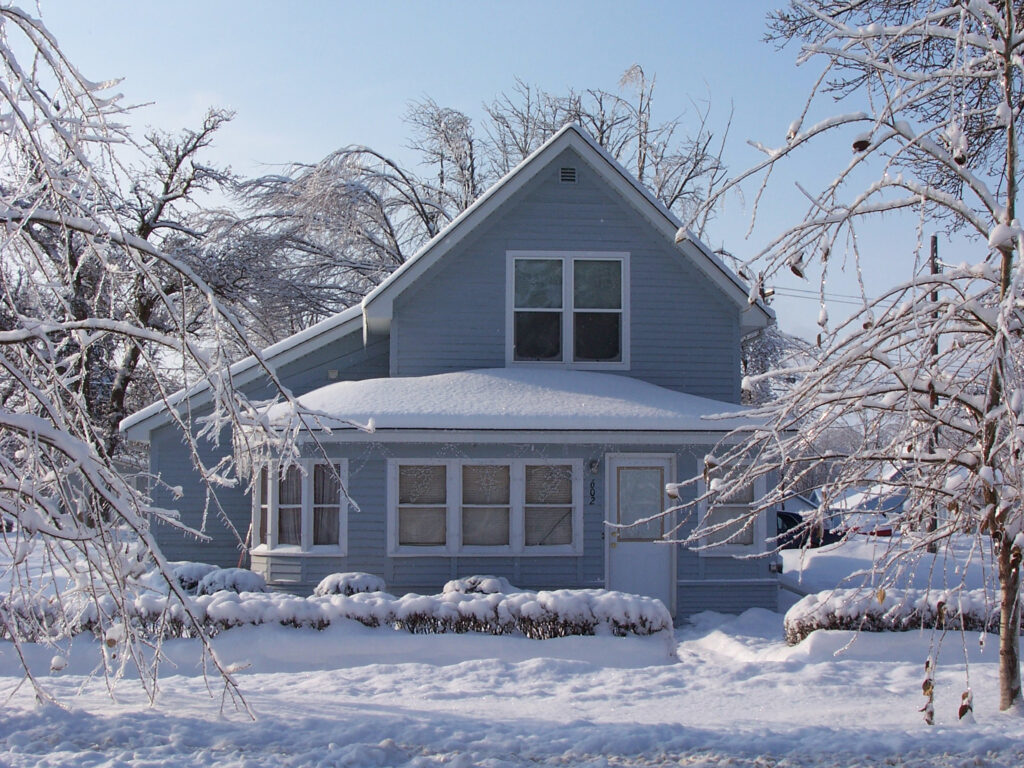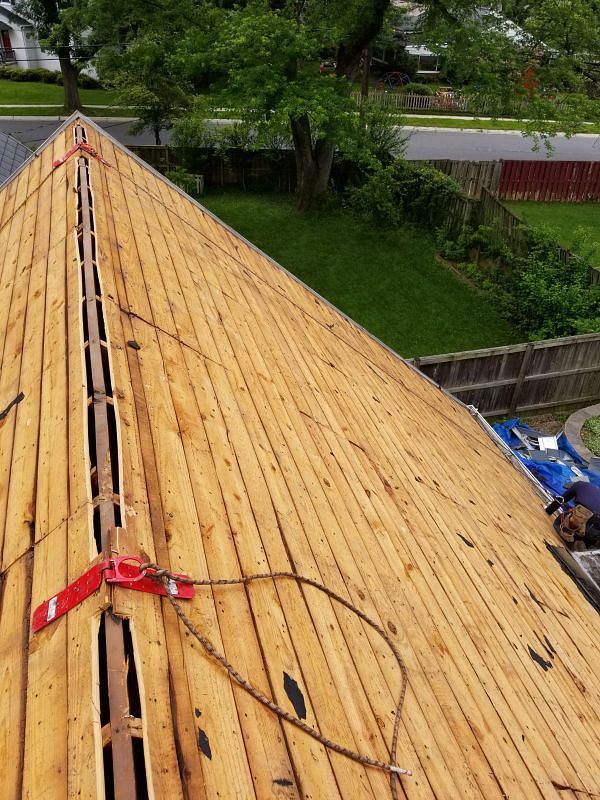3 Key Reasons the DMV Region is Rough On Roofs

Weather extremes in the DMV region are very hard on area roofs. The region’s simultaneous proximity to moist ocean winds and vulnerability to arctic outbreaks presents a unique challenge. The Koppen climate classification system categorizes the area as humid subtropical, which combines generally mild winters with hot, humid summers. There are 3 reasons the DMV Region is rough on roofs. The area is particularly vulnerable to these climatological challenges:
- Tropical storms and thunderstorms
- Severe winter storms
- High humidity conditions
Tropical Storms and Thunderstorms
During the hurricane season, tropical storms may bring extremely heavy rain driven by high winds. Such winds in are particularly troublesome because they frequently continue for extended periods of time. Sustained winds of 40-60 mph put enormous stress on roof components. For example, as heavy winds lift shingles, fasteners may gradually loosen. Over a period of hours, shingles may eventually break free, and leaks may develop.
The dual assault of high winds and heavy rain exposes even the slightest vulnerability in a roof system, particularly in an aging one or one that might have been improperly installed.
How severe can these tropical systems get? In 2003, Maryland properties sustained over $900 million in damage as Hurricane Isabel moved inland. In Montgomery County alone, 70 roads were closed by downed trees. The storm destroyed 94 buildings and severely damaged dozens more.
Even when the area remains free of tropical systems, severe thunderstorms also take a toll. During the hot, humid summers common in the region, towering thunderheads develop along cold fronts representing the battle line between hot, humid air and cold, dry air. The cold, dense air moving into the area wedges under the hot air, forcing it upward, generating thunderstorms towering 4-5 miles into the sky. Dramatic updrafts in such storms may generate hailstones large enough to do real damage to residential roofs, especially asphalt shingle roofs. Large hail falling literally miles through thunderclouds strikes roofs with dramatic force.
As recently as Monday, May 3, 2016, record hail hit Montgomery County. Hail 2.75 inches in diameter was reported in Rockville, breaking a county-wide record set in 1965. Even golf ball-sized hail can dent cars and damage roofs. On asphalt shingle roofs, large hailstones often leave telltale dark pockmarks where their impact has torn the protective granules from the shingles, exposing them to accelerated deterioration in some cases.
Although winds in severe thunderstorms are not as sustained as they are in tropical systems, gusty winds combined with torrential rains often result in water working its way under shingles. Especially in aging roofs, this process can expose vulnerabilities in the form of damaged shingles, holes in the underlayment or damaged flashings. These are all places where water can find its way into the attic and even your living space.
Like blizzards, hurricanes and severe tropical storms do not hit Montgomery County every year. However, over the typical lifespan of a residential roof, it will inevitably sustain direct hits from the worst of storms all too common in this part of the country.
Severe Winter Storms
In the winter, intense low pressure systems crawl up the coast, swirling cold arctic air and warm relatively warm moist ocean air together in a volatile combination. The historic blizzard of January 2016 damaged the slate roof of the 1891-era courthouse in Rockville. More than two feet of snow covered large swaths of the region. Many roofs buckled under the extreme snow loads. Severe snowstorms wreak havoc on DMV roofs by causing heavy snow loads, ice damming and high winds.
Furthermore, the moisture content of the snow that falls in the mid-Atlantic is often very high. Powder snow in the highest mountains may contain one inch of water for every three feet of snow. However, in Maryland, just 10-12 inches of snow may contain one inch of water. Heavy, wet snow adds to roof loads, and it often intensifies ice damning.
Snow with a high moisture content may melt as warm air works its way back into the area. Water flows down the pitched roof only to turn into ice as temperatures slide back down below freezing at night. With average winter highs in the 30s, daily freeze-thaw cycles are very common. Over a period of days or weeks, these repeated freeze-thaw cycles often build up serious ice dams. As water backs up behind the ice, it can find its way into a home, causing potential damage to walls, ceilings, insulation and even a home’s framing.
High Humidity
Again, the DMV’s proximity to the ocean ensures periods of hot, humid weather every summer. During the other three seasons, prolonged periods of high humidity are also inevitable. In fact, the average relative humidity in Maryland exceeds 70 percent for many months each year. Many living organisms that can grow on a roof thrive in high humidity. Moss, lichens, algae and mold fungi are some examples. Some of these organisms merely take away from the aesthetic appeal of a roof, although moss may become a substantial threat to the integrity of the roof system.
Asphalt shingle and cedar shake roofs are particularly vulnerable to moss because the spores often collect in the gaps between the shingles and the shakes. Again, humid conditions such as we find here in Montgomery County foster the growth of such moss. Over time, moss mats may grow until they are several inches thick. Heavy accumulations of moss may keep shingles or shakes moist for weeks on end. Rotting may lead to a premature deterioration of the roof system.
Periodic Roof Inspections Important
Since the weather and climactic conditions in the mid-Atlantic are so hard on roofs, it is incumbent upon area homeowners to take advantage of periodic roof inspections. Such inspections give the homeowner the best chance to deal with roof problems when they are still in their infancy. For example, the professional replacement of some missing shingles is far simpler than replacing whole sections of the roof and its supporting infrastructure once rotting has followed undetected leakage.
At BRAX Roofing, we dedicate ourselves to helping you get the most from your roof investment. Please contact us today and arrange for a visit by one of our certified roof inspectors. During our visit, we’ll gladly answer any questions that you may have. We’ll review our findings in a thorough and organized manner so that you can make an educated decision about any roof repair or replacement. Please contact us today!

Contact Us for a Free Estimate
What to Expect When
You Choose Our Team
We’re Committed to You
Every Step of the Way
- Meet to discuss your project and free estimate.
- Select materials and colors for the look you want.
- Arrange payment through financing or your insurance.
- Install new roofing, siding, or gutters for amazing results.
- Ensure you’re 100% satisfied with our services.






